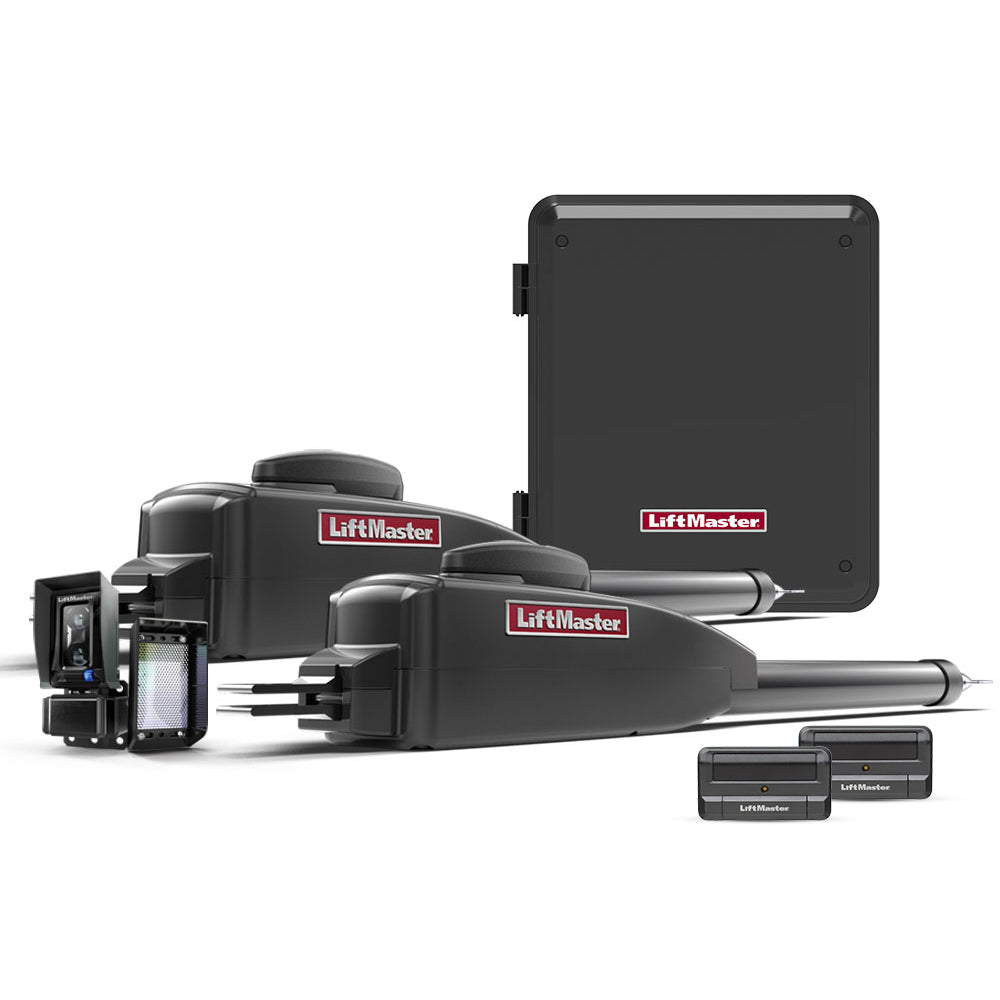Some homeowners may be partial to fence aesthetics, design, and curb appeal. However, the robustness of the security fence defines its overall purpose.
Security fences are crucial in perimeter control. The best security fence must protect the property from threats and give owners a sense of security and privacy.
When combined with the right security gate, security fences provide a solid enclosure for preventing trespassing and crimes. Reinforcing them with All Security Equipment gate operators and access controls enhances the invulnerability of the entire security system.
What Are Security Fences?
Fences exist mainly for security, deterring wild animals, trespassers, and intruders from the property. They are also meant to keep assets safe and can act as storage enclosures.
A security fence includes a system with additional features and security measures for enhancing perimeter detection and control.
Factors for Selecting the Best Security Fence
Before installing a security fence, it may be appropriate to take the following into account.
Type of Security Fence
Security fencing comes in four major types for serving different purposes.
- Chain-linkfences are made from steel or coated steel woven into diamond shapes and attached to metal posts. They are inexpensive and easy to install, making them popular in large areas like parks, sports areas, tennis courts, or common public places.
- Mesh panel fences are also made of steel but are welded to form a solid mesh and are hard to climb. They are also a cheaper option but more aesthetically pleasing than chain-link.
- Palisade fences are vertical pales or planks secured to horizontal rails. The end of the pales is shaped or angled to make them difficult to climb over.
- Ornamental fences have decorative elements but are reinforced with security features such as spike or bow railings along the top panel.
- Electric fences are conductor fences with wires connected to a power energizer that release high-voltage pulses that may cause an electric shock. They are used in extremely high-security facilities.
- Concrete block fences are solid fences made of interlocking concrete for greater privacy, security, and better noise reduction.
Fencing Structure
Fences can be made from different materials, such as wood, vinyl, or aluminum. Privacy fences may be made with lightweight materials. However, if you want a sturdy security fence, steel, wrought iron, and aluminum with large diameters and thicknesses are the best options.
Anti-climb features like spikes can be added at the top of the fence. You may also opt for fence toppers to add height and style to the fence.
Size and Type of Property
The size of the fence largely depends on the size of the property and the security the owner wants to impose. Commercial properties need a robust system, while standard fences are good enough for residential properties.
The standard fence stands 6 ft high, while security fences are between 8 to 10 ft.
Perimeter Security Detection
Some security fences are installed with additional features like barbed wire or razor wire to prevent intrusions.
Physical security gets even better when incorporated with technologically advanced security measures. Some of the common perimeter security detection you can include are:
Outdoor Security Cameras
Weather-resistant PTZ cameras with a wide dynamic range and strategically installed in hot areas are efficient tools for uninterrupted surveillance. Choose high-resolution outdoor cameras with special features like motion detection, infrared night vision, and alarm for reliable coverage even in the dark.
Security cameras are very useful in fencing systems for verifying activities within the perimeter and distinguishing between real threats and false alarms.
Infrared Sensors
Active infrared sensors and passive infrared (PIR) sensors are motion detectors that analyze the environment for intruders. They measure heat energy and sound an alarm when they detect movement or changes in temperature.
Seismic Sensors
Seismic sensors detect vibrations within a specific area to sense passing people, animals, or vehicles. They use multiple underground detectors that trigger an alarm when something is passing over them.
Laser Sensors
Laser sensors, or LIDAR, are artificial light beams that travel distances without scattering. The laser sensor system has a transmitter that emits the light and sends an alarm if something breaks the beam.
Fiber Optic Detection System
Used in very large areas, fiber optics are wired underground to detect vibrations along the length of the cable. Fiber optics can run a long coverage with zero gaps and may identify actual breaches from non-threatening intrusions like rodents.
Budget and Maintenance
Some security fences are built temporarily, while others are made to last indefinitely. Initially, you should choose the security fence materials based on how long you intend the fence to last. This is where you need to factor in your budget for installation and maintenance.
Typically, security fence hardware requires less upkeep unless you install devices and security enhancement accessories that need periodic cleaning and inspections.
To continue meeting the demand for security, it is best to keep the security fence in top shape. Consider upgrading the system with hardware improvements and software updates.
Choosing the Best Security Fence
Installing a security fence must be a top priority for every property owner to ensure security and protection. Reinforcing the fence and gates with additional security features increases its effectiveness in perimeter control.
For maximum protection, contact our experts at All Security Equipment. Let us help you find the best security fence and the right gate and door accessories to complement it.












